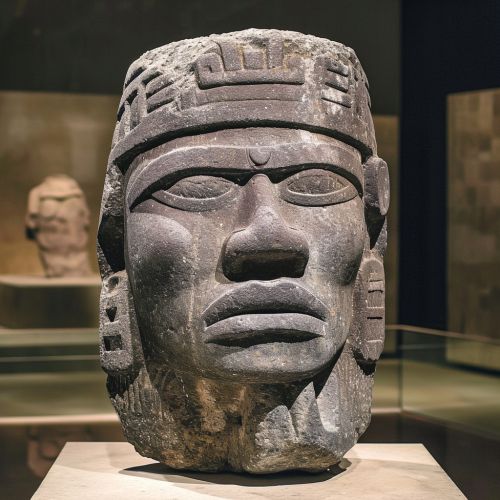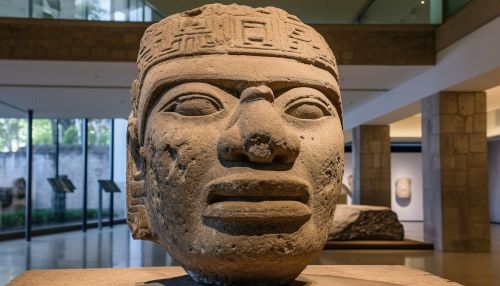Mesoamerican culture
Introduction
Mesoamerican culture refers to the complex of indigenous cultures that developed in parts of Mexico and Central America prior to Spanish exploration and conquest in the 16th century. The civilizations that rose and fell over millennia were characterized by significant advancements in art, architecture, mathematics, calendar-making, and writing systems.
Preclassic Period (2000 BCE – 250 CE)
The Preclassic period, also known as the Formative period, saw the rise of the earliest complex societies in Mesoamerica. The Olmec civilization, which emerged during this period, is often considered the "mother culture" of Mesoamerica, influencing later cultures such as the Maya and Aztec. The Olmec are renowned for their colossal head sculptures, which are among the most recognizable artifacts of Mesoamerican culture


.
Classic Period (250 CE – 900 CE)
The Classic period was the golden age of the Maya civilization. During this time, the Maya developed a hieroglyphic writing system, a complex calendar system, and made significant advancements in mathematics and astronomy. The city-states of the Maya, such as Tikal, Palenque, and Copán, were characterized by monumental architecture, including pyramids, palaces, and observatories.
Postclassic Period (900 CE – 1521 CE)
The Postclassic period was dominated by the Toltec and Aztec civilizations. The Toltec are known for their militaristic society and their influence on later Mesoamerican cultures, particularly the Aztec. The Aztec, who built their capital city of Tenochtitlan on an island in Lake Texcoco, were known for their complex social, political, and religious institutions, as well as their contributions to art, science, and agriculture.
Religion and Cosmology
Religion played a central role in Mesoamerican societies, with a pantheon of gods and goddesses that were worshipped through complex rituals and ceremonies. The Mesoamerican cosmology was characterized by a belief in the cyclical nature of time and the interplay between the earthly and the divine. This is reflected in their calendar systems, particularly the 260-day sacred calendar known as the Tzolk'in.
Art and Architecture
Mesoamerican art and architecture were integral aspects of their culture, reflecting their religious beliefs, cosmology, and societal structures. From the colossal head sculptures of the Olmec to the intricate stone carvings of the Maya and the monumental architecture of the Aztec, the artistic and architectural legacy of Mesoamerican cultures is vast and diverse.
Writing Systems and Knowledge
Mesoamerican cultures developed several writing systems, the most well-known of which is the Maya script. These writing systems were used to record historical events, religious rituals, astronomical observations, and other aspects of Mesoamerican life. The Maya, in particular, are known for their advancements in mathematics and astronomy, which were integral to their calendar-making and architectural designs.
Conclusion
The Mesoamerican cultures, with their complex societies, advanced knowledge systems, and rich artistic and architectural traditions, have left a lasting legacy that continues to influence contemporary cultures in Mexico and Central America. Despite the destruction wrought by Spanish conquest, the remnants of these ancient civilizations continue to fascinate scholars and captivate the imagination of the public.
